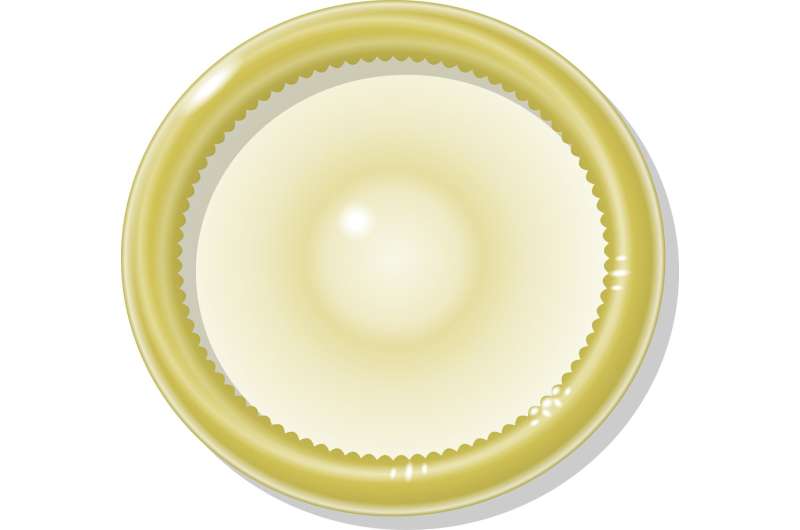Spinifex promises stronger condoms

Spinifex grass could be used to create thinner, stronger latex for gloves and condoms, as well as more durable seals and tyres, an Australian scientist says.
Advance Queensland research fellow Dr. Nasim Amiralian is exploring how to incorporate spinifex-derived nanofibres into natural rubber.
It might be difficult to imagine the spiky grass being comfortable to wear in that way.
But when tiny nanofibres of spinifex are added to rubber, the result is a stronger and more flexible product.
Nasim, who is based at the University of Queensland, says she first discovered spinifex's potential during her Ph.D. research.
She started out looking at extracting spinifex resin to see if it could be used as a glue or adhesive.
"I found that it has a very complicated chemistry," Nasim says.
"So I started working with the grass biomass and extracting nanofibres. I found that the nanofibres extracted from these spinifex grasses are very thin and long, they are very flexible."
The Toughest Of Them All
Nasim says that, while you can extract nanofibres from any plant, spinifex nanofibres are very easy to extract and very tough.
"It comes back to the specific environmental conditions that spinifex grows in," she says.
"To be able to survive the hot and dry conditions, its composition is a bit different to the other plants."
And there's no shortage of supply.
Nasim says there are 69 species of spinifex grass, and it's found all over.
"Spinifex is everywhere, it covers 27% of Australia," she says.
"We have more of this in Western Australia than in North West Queensland."
How To Reinforce Rubber
So what's the recipe for spinifex rubber products?
Nasim is working with industry partner Derby Rubber on reinforcing natural rubber for the railway, construction and mining industries.
Just a small amount of spinifex—less than 5%—is enough to reinforce rubber, polyurethane or another polymer, Nasim says.
Spinifex could also be used to reinforce cement, concrete and cardboard boxes.
Indigenous Collaboration
Nasim is working hard to optimise the synthesis of the spinifex nanofibres.
And she's collaborating with people who have used spinifex and its sticky resin for thousands of years—Indigenous Australians.
The University of Queensland team and partner Dugalunji Aboriginal Corporation have won funding to commission a nanocellulose pilot plant at the university.
Under an umbrella agreement between the university and the Dugalunji Aboriginal Corporation, all decisions and profits surrounding the venture are shared with Indigenous people in the area.
Nasim says the partnership is providing jobs for Aboriginal trainees, harvesting spinifex grass and working on preliminary processing procedures.
Provided by Particle
This article first appeared on Particle, a science news website based at Scitech, Perth, Australia. Read the original article.



















